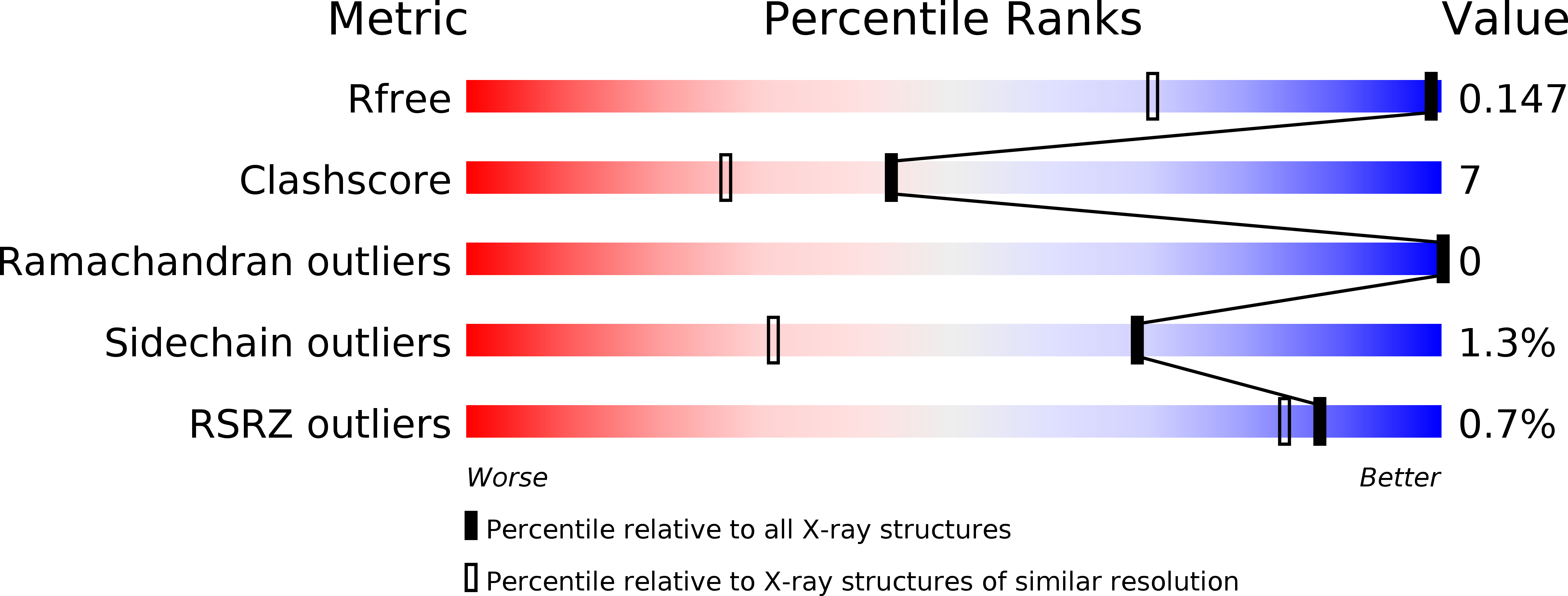
Deposition Date
2006-03-17
Release Date
2006-05-17
Last Version Date
2023-12-13
Entry Detail
PDB ID:
2CI1
Keywords:
Title:
Crystal Structure of dimethylarginine dimethylaminohydrolase I in complex with S-nitroso-Lhomocysteine
Biological Source:
Source Organism:
BOS TAURUS (Taxon ID: 9913)
Method Details:


